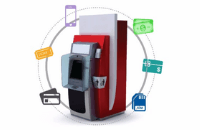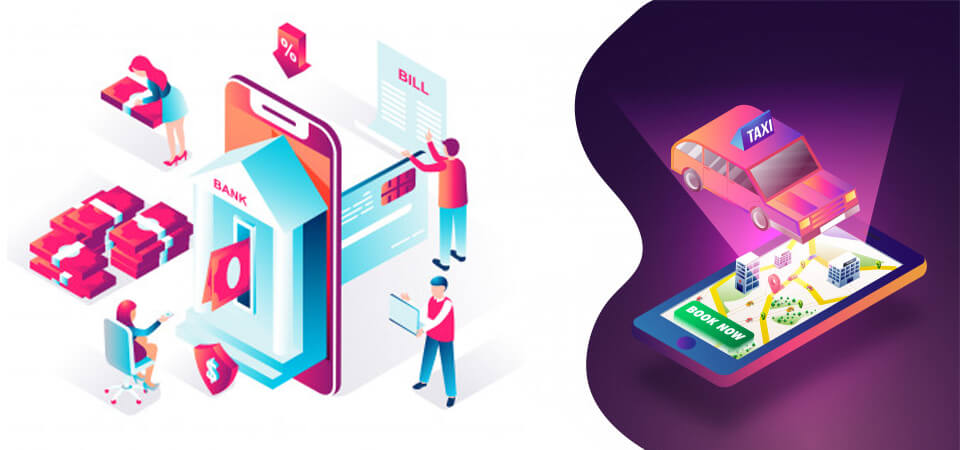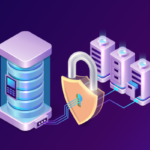Money, cash or digital, is merely a mean to an end, not an end in itself. Customers use cash to make purchases. It is the moment of purchase that banks must target to really defeat cash. Millennials are native to technology and they don’t like feeling burdened with cash to make payments. Having grown up in the digital age they are at the forefront of change using new modes of payment and drivers of experiential banking. From ride hailing companies to restaurants and cafes, all are embracing the millennial banking revolution and now offer cashless payments. As a result, these value-added services have now become a success recipe for many products and services.
Purpose Based Banking
If you haven’t yet experienced the digital payment experience of ride hailing companies like Careem and Uber, I would recommend you do. Once you’ve linked your credit/debit card to your wallet, you can just take off right after finishing your ride without worrying about making the payment. What these ride hailing companies have done is that they’ve integrated digital payment deep into their use case and rendered them invisible. This is a great experience of “purpose based banking”, where banks reach the last mile of user interaction and fulfill a very small yet important user need to enhance customer experience. This entire experience is part of transformation that the banks have been going through for a very long time now.
Making the Move Towards Transparent Banking
Traditionally, banks used to be highly centralized and special purpose institutions operating purely for saving and lending money directly to customers, from a select few locations. However, as customer demand and competition increased, they started offering innovative instruments to minimize their customers’ need to carry cash. Cheques, payorders, traveler cheques and cards all are part of this evolution. Consequently, offering these services also required the banks to have higher number of branches at geographically diverse locations to address customers’ needs at different locations. Mobile branches, automated teller machines, call centers, IVRs and internet banking are other, more recent methods of reaching out to customers. This expansion now continues further, deep into customers lives, riding on the back of recent technological advances.
Banks and financial institutions are therefore making all the efforts to achieve this goal. They are adopting all the lean tools and digital enablement technologies to make the move towards ‘transparent banking’. Here are some key technology trends that are changing the landscape of the existing banking infrastructure:
Digital Banking Platform
A technology platform that has the customer at its base and allows integration with diverse set of delivery channels forms a core of any digital banking offering. Moreover, an integrated platform helps present one view of a bank and its services, regardless of the channel being used.
An integrated platform comes with a bouquet of financial services and offerings. Defining financial instruments such as debit & prepaid cards and digital & mobile wallets, permitting a set of financial services such as transfers, payments and service requests and offering necessary plumbing such as beneficiary management, transaction scheduling, marketing campaigns, loyalty, transaction limits, authorization of transactions and safety features are all required to build the best-in-class offerings.
Open APIs
An Open API gateway is the second piece of infrastructure component that sits on top of the integrated banking platform and help expand a bank’s reach. Open APIs enables banks to experiment with technology-driven financial solutions in an otherwise risk-averse environment. They allow banks to leverage the power of fintech companies and third party payment providers to develop payment solutions and services to fulfill very diverse customer needs.
Getting the right API platform implemented is a key decision that require a fundamental shift in the banks technology architecture. Each service using an Open API solution is developed as a separate system. As a result, banks can execute each service in complete isolation from other services. Therefore, with Open APIs banks enjoy great flexibility to commercialize, enable/disable, fix or deploy a particular service. All of this is done without having a big impact in terms of service downtime or infrastructure cost.
Cloud Computing
Cloud computing has many great advantages to offer to the banking industry. Some of the key benefits include:
- Cost savings
- Greater flexibility and agility
- Business continuity
- Shorter development life cycles
- Standardization of offerings
- Improved scalability and profitability
Before implementing cloud computing, there are a few things that banks need to decide. Firstly, they should choose the right service model: IaaS, PaaS or SaaS. Secondly, they should figure out which deployment model best suits their needs: private, public or hybrid. Unfortunately, financial institutions in most part of the worlds are not able to fully leverage cloud technology. This is largely due to data security and regulatory concerns that are heightened because of banks’ sensitive nature of business. Hence, a clearly defined cloud strategy is necessary for banks. Banks need to move from a capital intensive approach to flexible business models without compromising the security and compliance requirements.
Tokenization
Tokenization is the process of storing customers’ payment instrument securely for performing transactions. It plays a key role in enabling the digital payments use case to become part of a frictionless user experience.
Using tokenization, fintechs can securely store necessary customer data for performing transactions. This allows fintechs to focus on designing the right customer experience without worrying about data security.
IRIS Digital Payment Platform
IRIS 5 is the next generation digital payment platform which empowers institutions to deliver a wide range of financial transaction-processing services which seamlessly caters to customer needs. Being a comprehensive platform, IRIS 5 can help deliver a diverse set of products such as debit and prepaid card management, mobile and digital banking, mobile money and merchant management, payment gateway and remittance services. Moreover, it offers an extensive set of APIs. Using APIs financial institutions can create an augmented digital experience for their end-users through personalized mobile and web applications. Financial institutions can easily integrate IRIS with other global platforms e.g. loyalty management, fraud monitoring etc. TPS designed this solution to provide a complete framework for omni-channel services under one robust, extensible platform.










Leave A Comment